Sport Tires Buyers Guide

Street rubber you can also take to the track
Tire manufacturers have a unique challenge when developing tires for sportbikes. Truth is, most sportbikes on the road will hardly, if ever, see a racetrack. Their time will largely be spent cruising around on the street during the week, with an adrenaline-pumping canyon ride or trackday on the weekends. The challenge engineers face is creating a tire with a center that will last, while also giving the rider side grip for navigating the bends, both on the street and the track. The different tire manufacturers have each come up with their own solutions to accommodate these needs, and what we have in this week’s Sport Tire Buyer’s Guide are choices from eight different tire manufacturers. Each tire is meant to live the majority of its life on the street, but is capable for the occasional trackday if needed.
Available in most popular sizes for sportbikes, front 3D Ultra Supersports range from $153.99 – $165.99. Rears range from $199.99 – $252.99. Visit www.avonmoto.com for more information.
The S20 EVO tire is Bridgestone’s latest offering in the high performance street/track tire category. Claimed to offer improved stability and lightness without sacrificing ride comfort, the EVO is an evolution of the standard S20, which is more suited for street use. The front tire uses two compounds (hard center, soft sides) and a higher-strength mono-spiral belt (one continuous belt wrapping around the tire’s circumference to reduce expansion) to deliver improved turning characteristics compared to the S20. The rear tire uses three compounds (hard center, medium off-center, soft shoulder), compared to the non-EVO’s two compounds, for better grip and/or durability at every angle of lean.
Available in sizes ranging from 110/70-17 front, to 200/55-17 rear, prices range from $152.95 – $256.95. Visit www.motorcycle-karttires.com for more information.
Continental’s contribution to the street/track tire party is the ContiSportAttack 2. Made in Germany, Continental is unique in that it opts not to use different tire compounds in different areas. Instead, Conti’s MultiGrip technology utilizes temperature-controlled curing of the tire during the production process to enable the ContiSportAttack 2 to use a single compound. With it, the shoulder area is more pliable to provide extra grip, while the center area is more rigid for durability. And since the ContiSportAttack 2 doesn’t use differing compounds, there’s a continuous transition when moving from the side of the tire to the center, or vice versa.
Another Continental feature, TractionSkin, makes tire break-in periods extremely short, as new mold-coating technology eliminates the need for tire release agents during the build process. Lastly, the ZeroDegree steel-belted construction ensures stability at high speeds.
Tire sizes are available for many popular applications, with prices starting at $166.95 for the 110/70-17 front, up to $265.95 for the 200/55-17 rear. Go to www.conti-online.com for more info.
Like most of the tires here, the Q3s use a mixture of rubber compounds at the shoulders and center. Two nylon carcass plies and two aramid reinforcing belts help the tire maintain composure during cornering and braking. The rear features a continuously wound Jointless Band (JLB) to keep the tire diameter from expanding at high speeds. However, instead of using silica to help the tires come to temp quickly, Dunlop says the Q3s are constructed with carbon black blended with certain polymers to aid in quick warm-up times.
Front tire options are limited to 120/60 and 120/70-17 sizes, while rears range from 160/60-17 all the way to 240/40-18. Prices start at $165.95 for the 120/60 front, with the 240 rear coming in at $290.95. Visit www.dunlopmotorcycle.com for more information.
Our own Evans Brasfield had the pleasure of testing the Metzeler Sportec M7 RR at its launch in Spain, where he quickly found the limits of the tire’s wet traction… then exceeded it. Despite his getoff, Evans still declared the M7 a worthy street/track contender. In fact, the development process for the M7 involved the ultimate street track – the Isle of Man TT. Taking lessons learned from the most demanding road race on the planet, the M7 is built to handle most anything a street rider with an occasional track itch can throw at it.
A racing-derived profile gives the M7 quick steering characteristics, while 100% silica compounds allow the tire to warm-up quickly. Traditionally, carbon black has been used for high-temp applications as seen at a racetrack, but Metzeler says its patented mixing process allows the silica in the M7 to withstand high temperatures which used to be the domain of carbon black. Plus, in cold conditions, the silica retains its ability to get to temp quickly and allow the tire to provide maximum grip.
Front tires are available in 110/70-17, 120/60-17 and 120/70-17 sizes, while rears range from 150/60-17 to 200/55-17. Prices start at $162.00 for the 110/70 front and climb to $274.00 for the 200-series rear. Metzeler.com is where to go for more info.
Michelin’s evolution of its popular Pilot Power 2CT tire is realized in the Pilot Power 3. Both tires use dual compounds to achieve longevity in the center with cornering grip on the shoulders, but the Pilot Power 3 rear utilizes 2CT+ technology, which places a harder rubber compound underneath the soft rubber on the shoulders, providing stability when the tire is at full lean and during acceleration on corner exit. The rubber chemistry itself has been improved over the Pilot Power of yesteryear, while a redesigned tread pattern puts more rubber to the road than before. Michelin says its test riders have been able to lap over four seconds quicker around their test track on the Pilot Power 3 than the previous Pilot Power 2CT in both wet and dry conditions. All this, plus the Pilot Power 3 is claimed to provide 20% more tread life compared to the Pilot Power 2CT.
Front tires are available in 120/60- and 120/70-17, with rears ranging from 160/60-17 to 190/55-17. Prices start at $184.95 for the 120/60 front, and reach $292.95 for the 190/55 rear. Check the Michelin website for more details.
Available in three front sizes and five rear sizes, pricing starts at $187.95 for the 120/60-17 front and leaps to $319.95 for the 200/55-17 rear. Pirelli.com is where to go for more info.
We have limited (none, actually) experience with these Shinkos but are attracted to the Verge’s prices as they are among the least expensive in this group. Standard sportbike tire sizes are available, with pricing starting at $115.95 for the 120/60-17 front (oddly, it’s a dollar more for the 120/70-17). Rear sizes start at 160/60-17 for $184.95, climbing up to $211.95 for the 200/50-17 rear, the largest available. Visit www.shinkotireusa.com for more details.

Troy's been riding motorcycles and writing about them since 2006, getting his start at Rider Magazine. From there, he moved to Sport Rider Magazine before finally landing at Motorcycle.com in 2011. A lifelong gearhead who didn't fully immerse himself in motorcycles until his teenage years, Troy's interests have always been in technology, performance, and going fast. Naturally, racing was the perfect avenue to combine all three. Troy has been racing nearly as long as he's been riding and has competed at the AMA national level. He's also won multiple club races throughout the country, culminating in a Utah Sport Bike Association championship in 2011. He has been invited as a guest instructor for the Yamaha Champions Riding School, and when he's not out riding, he's either wrenching on bikes or watching MotoGP.
More by Troy Siahaan




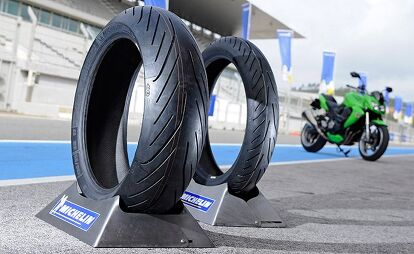










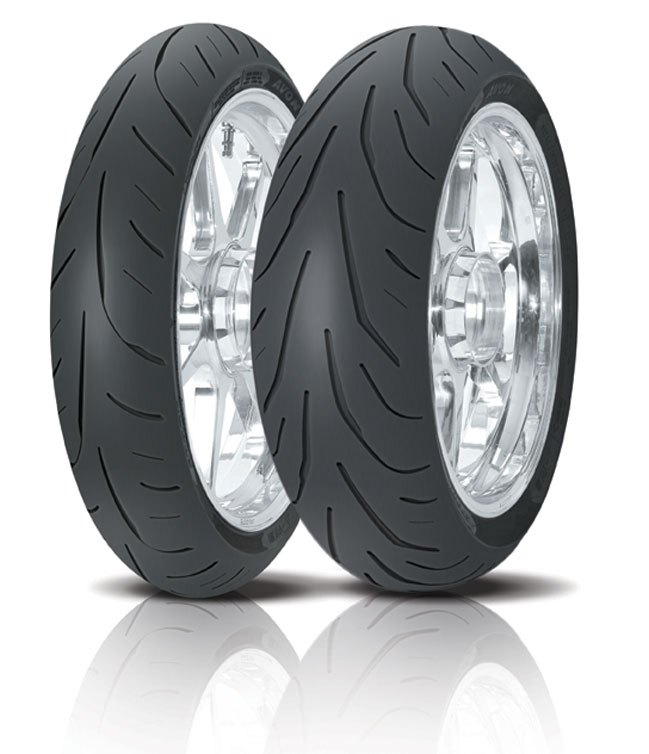











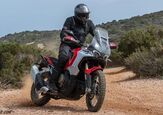
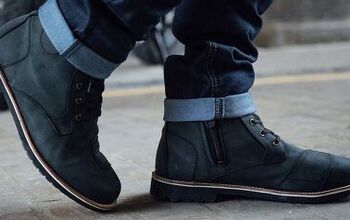










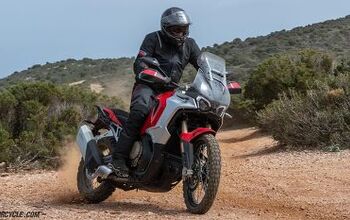




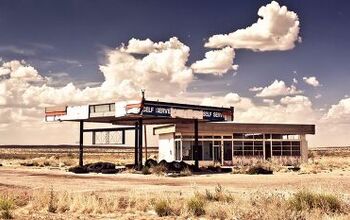

Comments
Join the conversation
I run the Shinko rear on my 690 Duke after the pitifully low road-life of the factory stock Michelin Pilots, and I must say I'm very pleased with the cheaper brand. Granted, I don't do anything like track riding, but for my purposes (commuting, short trips and rides for fun in the country) it's hard to beat the Shinkos on value. My Michelin front is still pretty good, but when it's time to replace it I'll be going with Shinko as well.
Looking to get a new set within the next few weeks...Im gona get the Q3's